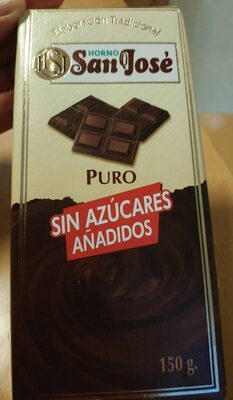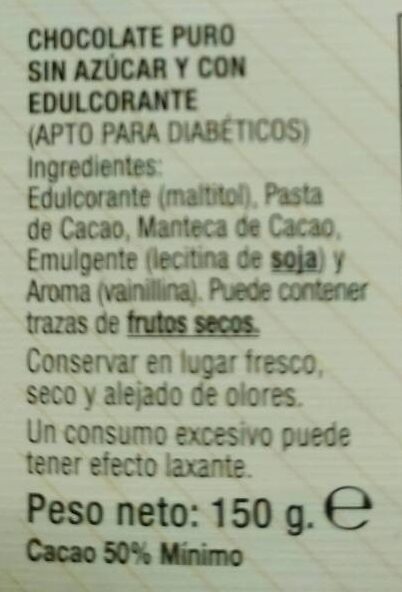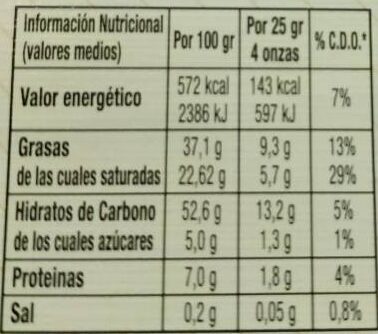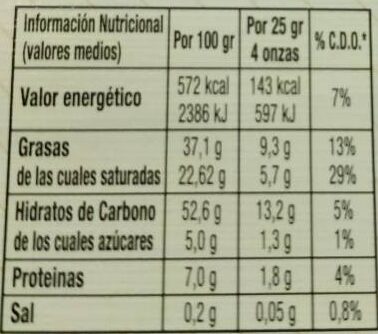Puro sin azucares anadidos - Horno San José - 150 g
Aquesta pàgina del producte no està completa. Podeu ajudar a completar-la editant-la i afegint-hi més dades a partir de les fotos ja disponibles, o fent-ne més amb l'aplicació de androide o iPhone / iPad. Gràcies!
×
Codi de barres: 8414306000534 (EAN / EAN-13)
Quantitat: 150 g
Marques: Horno San José
Categories: Snacks, Aperitius dolços, Cacau i derivats, Xocolata, en:Chocolates with sweeteners, Xocolata negra, en:Dark chocolates with sweeteners
Etiquetes, certificacions, premis: Fet a Espanya
Codi de traçabilitat: ES 25.00098/S CE
Països on es va vendre: Espanya
Matching with your preferences
Entorn
Petjada de carboni
Empaquetament
Transport
Report a problem
Fonts de dades
Producte afegit per elcoco
Última modificació de la pàgina del producte per duhowpi.
La pàgina del producte, també editada per acuario, elcoco.c42d37ea7ee0e4eae0c8c98ca6f3520e, moon-rabbit, musarana, roboto-app, thaialagata.











